|

On eBay Now...
WW2 AIF 2/23rd battalion Tobruk colour patch & plain wool puggarre For Sale
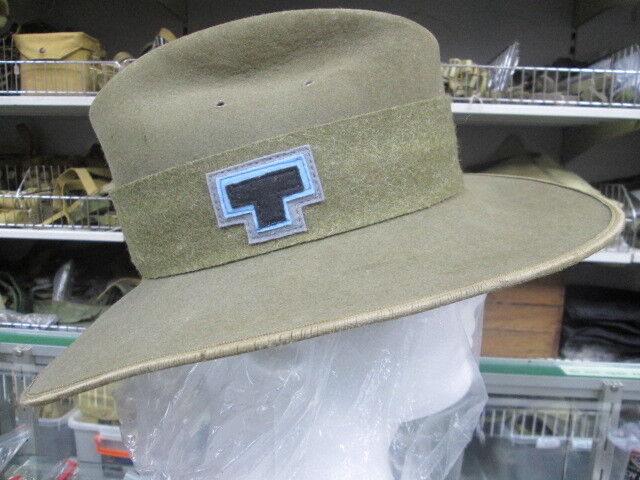
When you click on links to various merchants on this site and make a purchase, this can result in this site earning a commission. Affiliate programs and affiliations include, but are not limited to, the eBay Partner Network.

WW2 AIF 2/23rd battalion Tobruk colour patch & plain wool puggarre:
$18.46
#*WW2 2/23rd battalion*#
WW2 color patch depicting the 2/23rd Battalion
WW2 simple wool puggaree with color patch depicting the 2/23rd battalion . this puggaree looks great on any slouch hat used for display or reenactment., patch is hand made and fully stitched no glue is used. ,This is a good quality item., most color patches of WW1 and WW2 where hand made and no two are exactly the same., you are offerding on the puggaree with patch only, NO hat .,
shown are 3 types of patchs for the 2/23rd all are correct this sale is for the black and blue T patch The 2/23rd Infantry Battalion was raised at the Albury Showgrounds in New South Wales in August 1940, as part of the 26th Brigade. Initially the brigade belonged to the 7th Division but in early 1941 moved to the 9th Division. The battalion did its initial training in Albury before moving to Bonegilla, Victoria, before sailing for the Middle East in November.
In early 1941 the 26th Brigade, along with the rest of the 9th Division, moved into Cyrenica to complete its training. Despite British successes at the start of the year against German-led counter-attacks, the 9th Division fell back to Tobruk - colloquially referred to as the \"Benghazi handicap\". Sub-units from the 2/23rd entered Tobruk between 6 and 10 April.
The battalion helped defend Tobruk for eight months, manning a series of concrete pillboxes located in a semicircle around the town, called the Red Line. In April the 2/23rd defended the western side of the line cutting Derna Road. From May to July it moved to the eastern side of Tobruk, where the line cut Bardia Road. The battalion continued patrolling along the line between the El Adem and Bardia Roads. Its heaviest fighting occurred while defending the Salient from 20 August to 9 September and again from 17 September to 3 October.
In October the majority of the 9th Division, except the 2/13th Infantry Battalion, was evacuated by sea. The 2/23rd left on 18 October and sailed to Alexandria. The division was transferred to Palestine and then Syria for rest and garrison duties.
By July 1942 German and Italian forces had reached El Alamein in Egypt and the war in North Africa had become critical for the British Eighth Army. Consequently, the 9th Division was rushed from Syria to the El Alamein area and held the northern sector for almost four months, as the Brit
The division\'s orders for the first attack were issued on 7 July. The 26th Brigade advanced along the coast, driving a wedge between the sea and the German positions by capturing the feature known as \"Tel el Eise\", which ran north-west between the railway line and the sea.
During the main offensive from 23 October to 4 November the 26th Brigade and, further south the 20th Brigade, crossed the Australian start line south of Tel el Eisa and moved in a sweeping arc towards the sea. The heaviest fighting occurred at the \"Saucer\". By the end of the October the 26th Brigade had suffered heavily and was relieved by the 24th Brigade on 1 November. The 2/23rd had 29 killed, 172 wounded, and six missing.
Alamein was a great, although bloody, success for the Allies and by 6 November Axis forces were retreating. But the 9th Division was needed elsewhere and with the battle over it returned to Australia to face a new enemy - the Japanese.
The 2/23rd left Alamein on 2 December and headed back to Gaza in Palestine, where it participated in the 9th Division parade on 22 December. The battalion left Palestine in the third week of January 1943 and reached Sydney at the end of February.
Reorganised for jungle operations, on 4 September the 2/23rd participated in the division\'s amphibious landing at Red Beach, north west of Lae. Shortly before the landing occurred, the invasion fleet was attacked by six Japanese fighters and three bombers. Most of the Japanese bombs missed the Allied ships but one bomb hit the landing craft carrying the 2/23rd headquarters - killing the battalion commander and the ship\'s captain. The landing craft, however, made it to shore and the 2/23rd participated in the subsequent fighting around Lae, Finschhafen, and Sattelberg. After Sattelberg, the 2/23rd continued to move inland, capturing Masangkoo, Kuanko, and finally on 9 December, Wareo.
The 2/23rd returned to Australia in February 1944. After some leave, it reformed in Queensland at Ravenshoe on the Atherton Tablelands in June, for what proved to be an extensive training period. Indeed, the war was almost over before the battalion went into action again.
In April the 9th Division was transported to Morotai, which was being used as a staging in area in preparation for the 7th and 9th Divisions amphibious landings on Borneo. The 26th Brigade landed on Tarakan on 1 May. The two lead battalions were the 2/23rd and 2/48th. After the massive pre-invasion air and naval bombardment, there was no opposition on the beaches but sharp Japanese fire came from Lingkas Hill. The two battalions pushed inland towards the Tarakan township, overcoming Japanese resistance as they went. By nightfall they had established a beachhead 2.5 km wide and 2 km deep. Tougher fighting was still to come.
From 6 May to 16 June the mountain ridges behind the town were the seen of bitter fighting. The Japanese used mines, booby traps, and suicide raids to delay the Australian advance through the tangled hills and jungle-covered ridges. Towards the end of May the 2/23rd moved along Snags Track from Rippon, fighting to clear the area around \"Margy\".
Meanwhile, the 2/24th managed to capture the Australians\' last main objective, Hill 90, and the fighting on Tarakan was all but over. The island was divided into areas which each unit had to clear of any remaining Japanese survivors. The 2/23rd sector was in the centre of the island, between the Juata Oilfields and the airfield on the west coast.
Following the end of the war in August and Japan\'s surrender, the ranks of the 2/23rd thinned, as men were discharged, transferred, or volunteered for the occupation force for Japan. Those who remained in the battalion returned to Australia in December. The 2/23rd was disbanded at Puckapunyal on 17 February 1946.
. this patch looks great on any slouch hat or tunic used for display or reenactment., patch is a Reproduction item with good stitching and nice color, hand made and fully stitched no glue is used. ,This is a good quality item., most color patches of WW1 and WW2 where hand made and no two are exactly the same.,
**you are offerding on the patch.s only not the hat or puggareethey arefor display only**
Brown over red diamond
**sale is for two patch,s** {{this is a new made item a faithful reproduction}}
will be posted registered mail in Australia for contact,,,,,,, [email removed by ] pickup is fine money order is ok bank deposit is good (paypal is for over seas buyers please wait for invoice before paying) please contact me when payment is made and leave item name or your name on payment so I know who it is from
look carefully;choose wisely

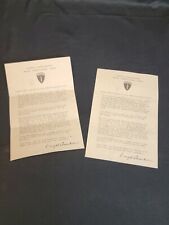
WW2 Eisenhower D-Day Letter $5.75
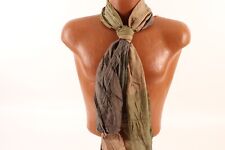
WW2 German FJ Paratrooper Camoflauge Scarf Cut from Original Material $39.95
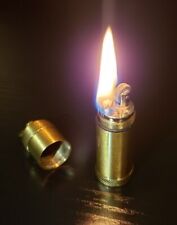
WW2 GERMAN STYLE LIGHTER Lighter Fluid Saves Fuel Vintage Trench Classic USA $13.79
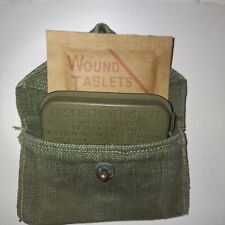
WW2 medical United States wound tablets reproduction package $10.00
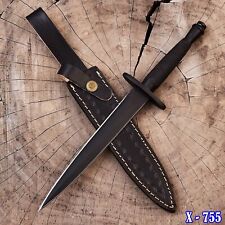
Vintage WW2 Double-Edged V42 Military Knife Stiletto Dagger Knife With Sheath $35.95
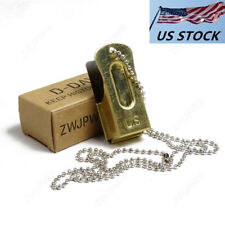
WW2 Airborne Clicker US Army 101st Spy Normandy Landings Prop Crickets $15.99
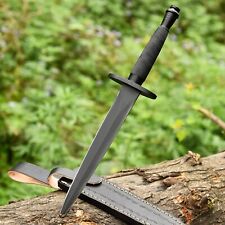
V-42 WW2 Stiletto US Army Dagger Knife Spike Fixed Blade Dual Edge Full Tang $35.95
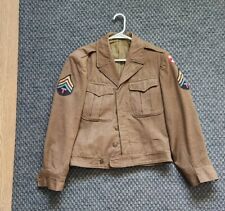
WW2 “Ike” Wool Field Coat Mens With Patches Size 36R WWII 40s US Vintage Army $75.00
|